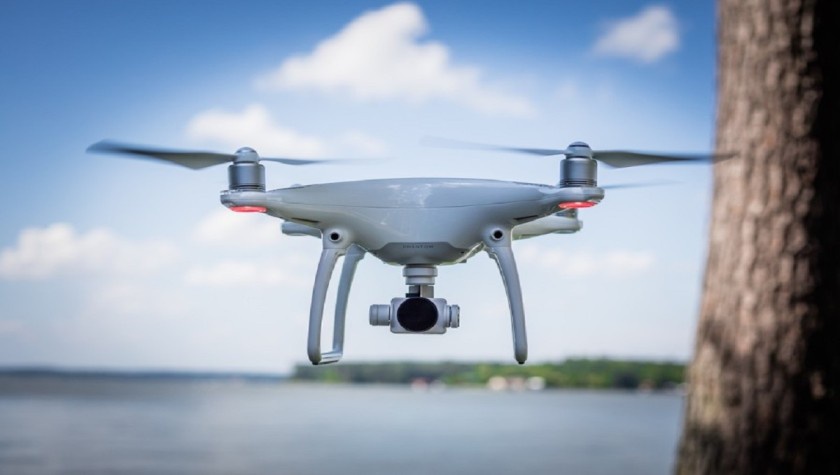Drones have become an essential tool for various industries, providing a unique perspective and added convenience for aerial photography, surveying, and even search and rescue missions. One of the latest advancements in drone technology is the addition of thermal imaging capabilities, allowing these aerial devices to see and capture heat signatures.
What is Thermal Imaging?
Thermal imaging cameras detect infrared radiation, which is emitted by all objects and is invisible to the naked eye. This allows the camera to detect heat signatures and create a detailed thermal map of the surrounding environment. Thermal imaging technology has been used for decades in firefighting, law enforcement, and military operations.
Including thermal imaging on drones opens up a whole new realm of possibilities for various industries. For example, in the construction industry, thermal imaging can detect heat loss in buildings and diagnose potential problems before they become more significant. In agriculture, thermal imaging can monitor crop health and detect pests or diseases.
In search and rescue operations, thermal imaging can be crucial for locating missing persons. The ability to see heat signatures can help first responders quickly locate individuals in challenging environments, such as dense forests or in the aftermath of a natural disaster.
Using thermal imaging on drones also has potential in law enforcement and surveillance operations. The ability to detect heat signatures can help authorities locate and monitor suspects without being detected.
While including thermal imaging on drones offers numerous benefits, there are also potential drawbacks. Using thermal imaging technology raises privacy concerns, as it can potentially be used to monitor individuals without their knowledge. Additionally, using thermal imaging in certain environments, such as in dense forests, can be challenging due to obstacles such as trees and other foliage blocking the thermal signature.
Final Thoughts:
In conclusion, adding thermal imaging on drones offers a unique and valuable perspective for various industries. The ability to detect heat signatures has numerous applications, from construction and agriculture to search and rescue operations. While there are potential drawbacks, the benefits of thermal imaging on drones are undeniable, and we will likely see an increase in its use in the future.


No comments yet